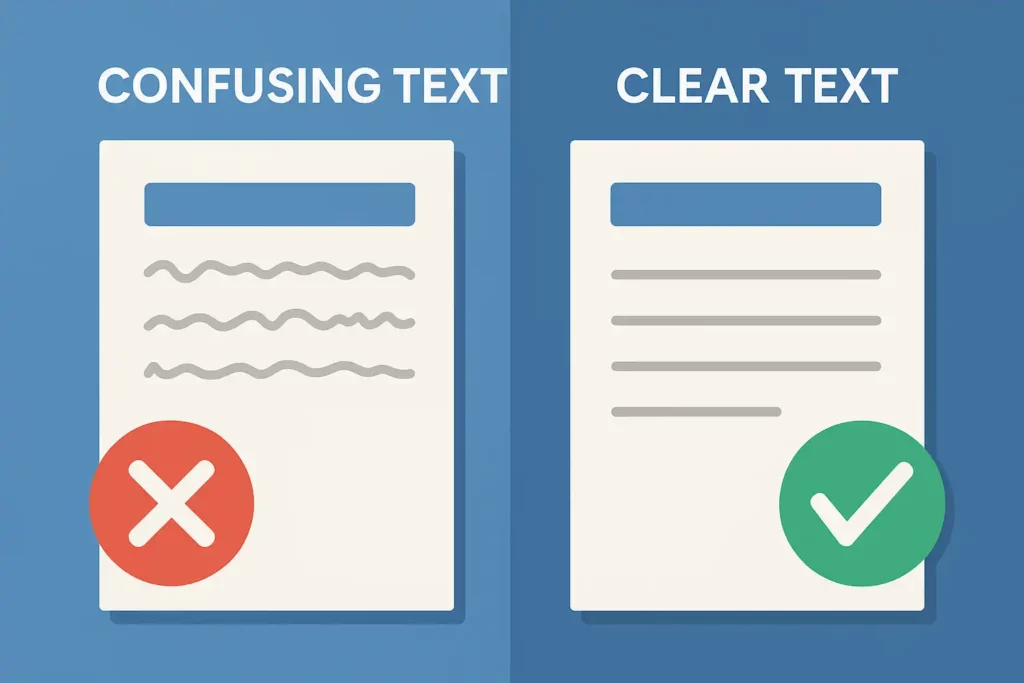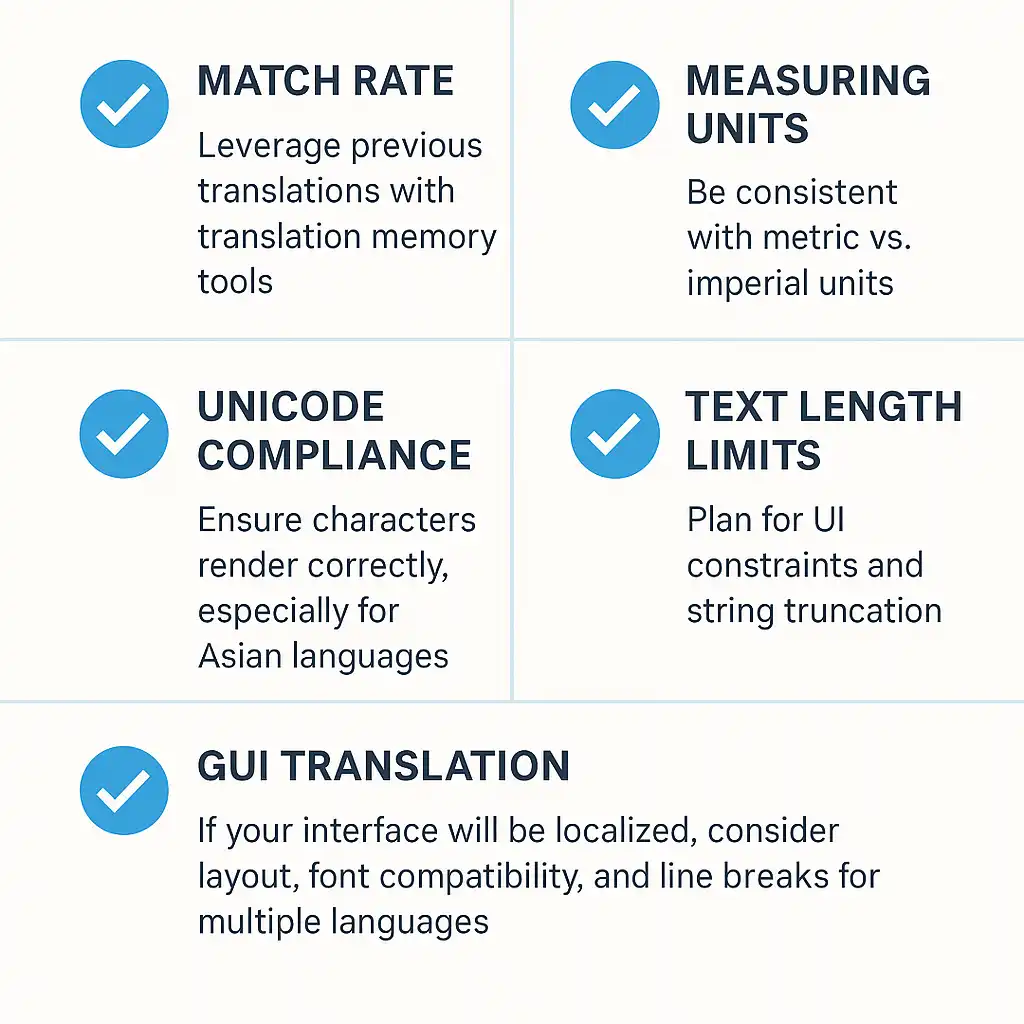Learn the most important elements of successful localization projects, from cultural adaptation to regulatory compliance.

Achieving a successful localization, especially into Chinese, requires more than just translating words. To ensure a smooth workflow and high-quality deliverables, it’s essential to understand and address the hidden challenges early on. Here are the top questions and expert tips to help you get it right from the start.
Top 3 Questions to Consider

Does your language partner use a CAT (Computer-Assisted Translation) tool?
What quality assurance measures are in place throughout the project?
Is your source text fully globalized?
What Is a Globalized Source Text?

A globalized source text is one that is clear, concise, and culturally neutral. Why does this matter?
- It makes the translation process faster and more accurate.
- It minimizes back-and-forth communication with the translator.
- It prevents misunderstandings and misinterpretations.
If your source content is ambiguous, full of regional idioms, or poorly structured, translators will be forced to pause frequently to ask questions, search for references, or guess your intent—all of which slows down the process and degrades the final quality.
What Does “Authoring with Translation in Mind” Mean?
When your content is written in standardized and consistent English, it becomes much easier and faster to translate. Here’s what that looks like in practice:
- Similar phrases follow the same structure and order.
- Revisions are minimal, saving time and cost.
- Terminology is reused and clearly defined.
By preparing your source content with localization in mind, you reduce unnecessary revisions, speed up delivery, and increase accuracy—especially for large or complex projects.
Critical Technical Considerations
Before handing off your files, double-check the following:

Game Localization: Keep It Relevant and Fun
Game translation isn’t just about language—it’s about player experience. At AZ-Loc, we tailor each localization to the cultural expectations of Chinese players while maintaining the original tone and context. Why? Because a game that isn’t immersive or entertaining simply won’t perform.
🎮 According to Newzoo, China’s game revenue reached $24.4 billion in 2016, making it the world’s largest gaming market. The APAC region alone accounts for 47% of the global market.
If you’re planning multilingual support for your software or gaming platform, don’t skip the Chinese version. The opportunity is too large to ignore.
Why Choose AZ-Loc for Your Chinese Localization?
We’re not a jack-of-all-trades agency. We specialize exclusively in translating English into Chinese, and we know this market inside out.
Our approach includes:
- ✅ Hands-on consultation to align with your business goals
- ✅ Expert guidance to avoid the common traps in localization projects
- ✅ A client-first mindset with clear communication and transparency
Our clients consistently report 100% satisfaction because we deliver what Chinese users actually want to experience—clear, natural, culturally relevant content.
Final Takeaway: Translation Is Small, But Mighty
Translation may be just one step in your localization workflow—but it’s a make-or-break step.
No matter how visually stunning or feature-rich your app or game is, poor translations (typos, confusing phrases, mismatched fonts) will instantly damage your credibility and user experience.
Good software + bad translation = lost users
Good software + good translation = loyal customers
Let’s Talk
At AZ-Loc, we don’t take on every project. We focus solely on English-to-Chinese software and game localization—because that’s where we excel.
Ready to localize into Chinese with confidence?
👉 Request a free quote today and we’ll respond quickly with a detailed cost estimate and timeline.
Would you like me to prepare a downloadable version of this post or turn it into a WordPress-format layout?
